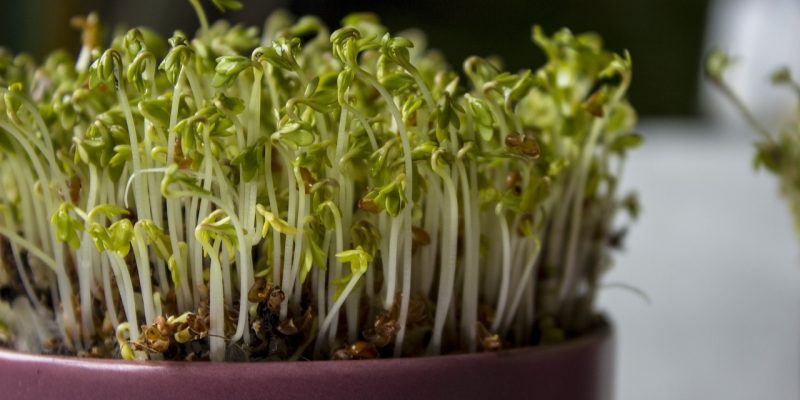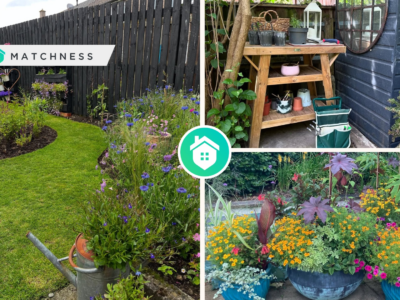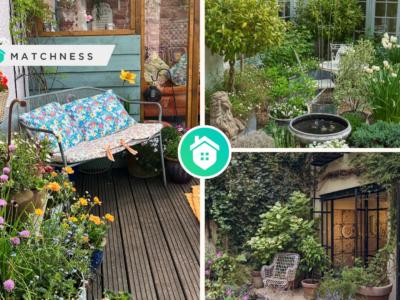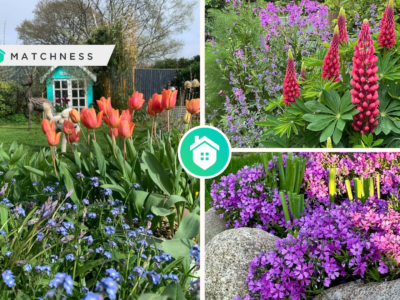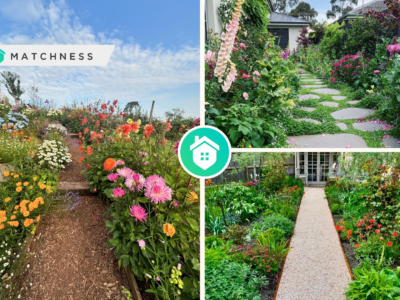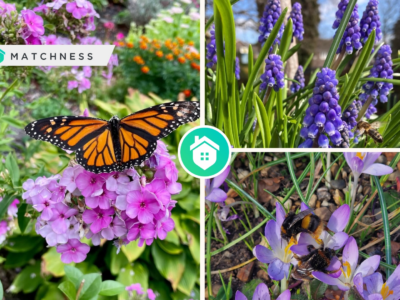In recent years, indoor gardening has experienced a resurgence in popularity. Whether it’s to bring greenery into urban living spaces, grow herbs for culinary delights, or nurture exotic plants, more people are turning their homes into miniature greenhouses. However, indoor gardening comes with its challenges, chief among them being the availability of adequate light. This is where Spider Farmer LED grow lights come into play. In this article, we will explore how the latest Spider Farmer SF1000 LM301H EVO LED grow light can help indoor gardeners achieve optimal plant growth, offering valuable tips on light placement, duration, and the types of plants that benefit the most.

How Spider Farmer LED Grow Lights Work
Before delving into the specifics of how Spider Farmer LED grow lights enhance indoor plant growth, it’s essential to understand the science behind these lighting systems. Unlike conventional incandescent or fluorescent lights, indoor grow lights are designed to emit specific wavelengths of light that closely mimic the natural spectrum of sunlight.
Spider Farmer LED grow lights are engineered to provide the ideal balance of red, blue, and white light, which are crucial for photosynthesis and plant growth. The red spectrum promotes flowering and fruiting, the blue spectrum stimulates vegetative growth, and the white light aids in overall plant health.
Light Placement: Getting the Right Exposure
Proper placement of Spider Farmer LED grow lights is key to maximizing indoor plant growth. Here are some essential guidelines:
Adjustable Hanging Height: Most Spider Farmer LED grow lights come with adjustable hanging systems. For seedlings and young plants, hang the light fixture closer to the canopy (around 24 inches or 60 cm) to encourage robust vegetative growth. As the plants mature, gradually raise the lights to maintain an optimal distance.
Even Coverage: Ensure that the light is distributed evenly across the entire canopy. This prevents some plants from receiving more light than others, leading to uneven growth.
Light Intensity: Different plants have varying light requirements. High-light plants like tomatoes and peppers will benefit from lights with higher intensity, while low-light plants like herbs and succulents can thrive with less intense light.
Light Angle: Angle the lights slightly downward towards the plants. This angle mimics the natural angle of sunlight and helps with better light penetration into the canopy.
Light Duration: Timing Is Crucial
The duration of light exposure, often referred to as the photoperiod, is another critical factor in indoor plant growth. Here are some considerations:
Seedlings and Young Plants: In the early stages of growth, most plants benefit from longer light exposure. Provide 16 to 18 hours of light per day to encourage healthy development.
Mature Plants: As plants mature, reduce the light exposure to 12 to 14 hours per day. This simulates the changing light conditions plants would experience in their natural environment, encouraging flowering and fruiting.
Light Timer: To maintain consistent photoperiods, consider using a light timer. This ensures that your plants receive the right amount of light each day, even when you’re not available to manually control the lights.
Plants That Benefit Most from Spider Farmer LED Grow Lights
While Spider Farmer LED grow lights can benefit a wide range of indoor plants, some types thrive exceptionally well under these lighting systems:
Vegetables: Tomatoes, peppers, lettuce, and other leafy greens respond exceptionally well to Spider Farmer LED grow lights. These lights promote healthy leaf growth and robust fruit development.
Herbs: Basil, parsley, cilantro, and mint flourish under Spider Farmer LED grow lights, producing aromatic and flavorful leaves for culinary use.
Flowering Plants: Orchids, roses, and other flowering plants benefit from the balanced spectrum of Spider Farmer LED grow lights, resulting in vibrant blooms.
Succulents and Cacti: These low-light plants love the controlled environment provided by LED grow lights. Spider Farmer lights ensure they receive the right amount of light for steady growth.
Tropical Plants: Houseplants like ferns, snake plants, and pothos thrive indoors with Spider Farmer LED grow lights, even in spaces with limited natural light.
Additional Tips for Success
To achieve the best results with Spider Farmer LED grow lights, consider these additional tips:
Monitor Temperature: LED grow lights produce less heat compared to traditional lighting systems, but it’s essential to monitor the temperature in your grow space. Ensure it stays within the optimal range for your plants.
Nutrient Management: Indoor plants often require supplemental nutrients. Consider using a balanced fertilizer and adjust the dosage according to your plants’ needs.
Air Circulation: Good air circulation helps prevent mold and mildew growth. Use fans to maintain proper airflow in your indoor garden.
Regular Pruning: Prune your plants regularly to remove dead or yellowing leaves and promote healthy growth.
Rotation: If you have multiple plants, periodically rotate them to ensure even light exposure on all sides.
Conclusion
Spider Farmer LED grow lights are revolutionizing indoor gardening by providing the essential light spectrum required for robust plant growth. By following proper light placement, duration, and considering the specific needs of your plants, you can maximize the benefits of these advanced lighting systems. Whether you’re growing vegetables, herbs, or ornamental plants, Spider Farmer LED grow lights can help you achieve a thriving indoor garden that will brighten your home year-round.


